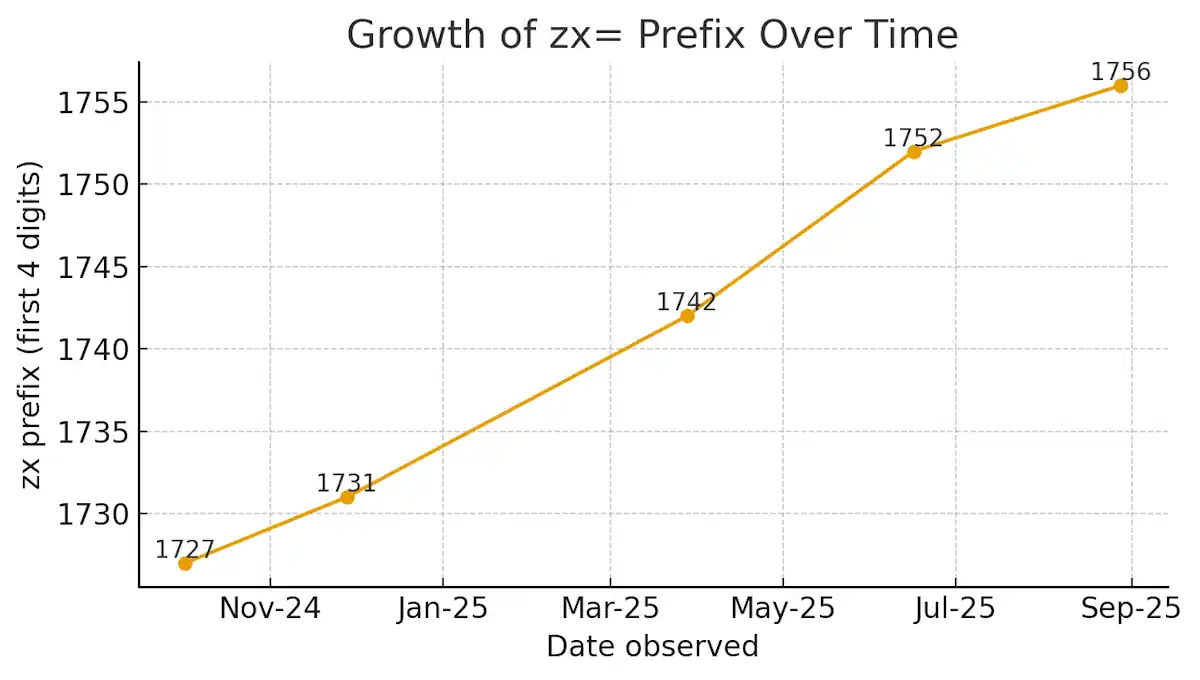Introduction: A New Job Description for Quality
The job description for a Quality Assurance Engineer in 2026 will look radically different. Instead of requiring years of experience in a specific scripting language, the top skill will be the ability to manage a team—a team of autonomous AI agents.
This isn’t science fiction. It’s the next great leap in software quality.
For years, we’ve focused on simply incorporating more AI into our existing processes. But the real transformation lies in a fundamental paradigm shift: moving away from monolithic, scripted automation and toward a collaborative, multi-agent system. This new approach is known as Agentic Orchestration, and it’s poised to redefine how we think about quality, speed, and efficiency.

From Clicker to Coder to Conductor: The Eras of QA
To understand why agentic orchestration is the next logical step, we have to appreciate the journey that brought us here. The history of quality assurance can be seen in three distinct eras.
- The Manual Era was defined by human effort. Brave testers manually clicked through applications, following scripts and hunting for bugs. It was heroic work, but it was also slow, prone to human error, and completely unscalable in a world moving toward CI/CD.
- The Scripted Automation Era represented a massive leap forward. We taught machines to follow our scripts, allowing us to run thousands of tests overnight. But we soon discovered the hidden cost of this approach. These automation scripts are notoriously brittle; they break with the slightest change to the UI. This created a new kind of technical debt, with teams spending up to 50% of their time just fixing and maintaining old, broken scripts instead of creating new value.
- The Agentic Era is the emerging third wave, designed to solve the maintenance and scalability problems of the scripted era by introducing true autonomy and intelligence.
More Than a Bot: What Exactly is a QA Agent?
To understand this new era, we must first clarify our terms. An AI agent is not just a smarter script or a chatbot. It is a fundamentally different entity.
The most effective way to define it is this: an AI agent is an autonomous system that interprets data, makes decisions, and executes tasks aligned with specific business goals.
Think of it this way: a traditional automation script is like a player piano. It rigidly follows a pre-written song and breaks if a single note is out of place. An AI agent, on the other hand, is like a jazz musician. It understands the goal (the melody) and can improvise around unexpected changes to achieve it, all while staying in key.
Crucially, these specialized agents don’t work in isolation. They are managed by a central orchestration engine that acts as the conductor, deploying the right agent for the right task at the right time. This is the core of an agentic QA system.
The Specialist Advantage: Why a Team of Agents Beats a Monolithic AI
The core advantage of an agentic system lies in the power of specialization. Just as you would build a human team with diverse, specialized skills, a modern QA platform assembles a team of AI agents, each an expert in its specific domain. This approach is fundamentally more powerful, resilient, and efficient than relying on a single, monolithic AI to do everything.
Deep Specialization and Unmatched Efficiency
A specialized agent performs its single task far better than a generalist ever could. This is most evident when tackling the biggest problem in test automation: maintenance.
- Consider a Healing Agent: Its sole purpose is to watch for UI changes and automatically update test locators when they break. Because it is 100% focused on this task, it performs it with superhuman speed and efficiency. This is how you directly attack the 50% maintenance problem and free your human engineers from the endless cycle of repair.
Autonomous Discovery and Proactive Coverage
A monolithic script only tests what it’s explicitly told to. A team of agents, however, can be far more proactive and curious, actively seeking out risks.
- Unleash an Exploratory Agent: This type of agent can be set loose on your application to autonomously crawl user paths, identify anomalies, and discover bugs in areas that were never covered by your scripted regression suite. It finds the “unknown unknowns” that keep engineering leaders up at night.
Intelligent Triage and Unprecedented Speed
A multi-agent system can respond to changes with incredible speed and precision, shrinking feedback loops from hours to minutes.
- Deploy an Impact Analysis Agent: When a developer commits code, this agent can instantly analyze the change’s “blast radius.” It determines the precise components, APIs, and user journeys that are affected. The orchestration engine then deploys tests only on those areas. This surgical precision is what finally makes real-time quality feedback in a CI/CD pipeline a reality.
From Scriptwriter to Strategist: The New Role of the QA Engineer
A common question—and fear—is whether this technology will replace human QA engineers. The answer is an emphatic no. It will elevate them.
The agentic era frees skilled QA professionals from the tedious, repetitive, and low-value work of writing and maintaining brittle scripts. This allows them to shift their focus from tactical execution to strategic oversight. The role of the QA engineer evolves from a scriptwriter into an “agent manager” or “orchestration strategist.”
Their new, high-value responsibilities will include:
- Setting the strategic goals and priorities for their team of AI agents.
- Analyzing the complex insights and patterns generated by the agents to identify systemic risks.
- Focusing on the uniquely human aspects of quality, such as complex user experience testing, ethical considerations, and creative, exploratory testing that still requires deep domain knowledge and intuition.
Conclusion: It’s Time to Assemble Your Team
The future of scaling quality assurance is not a single, all-powerful AI, but a collaborative and powerful team of specialized, autonomous agents managed by skilled human engineers. This agent-driven model is the only way to solve the brittleness, maintenance, and speed limitations of the scripted automation era. It allows you to finally align the pace of quality assurance with the speed of modern, AI-assisted development.
The question for engineering leaders and QA architects is no longer “How do we automate?” but “How do we assemble our team of AI agents?”














